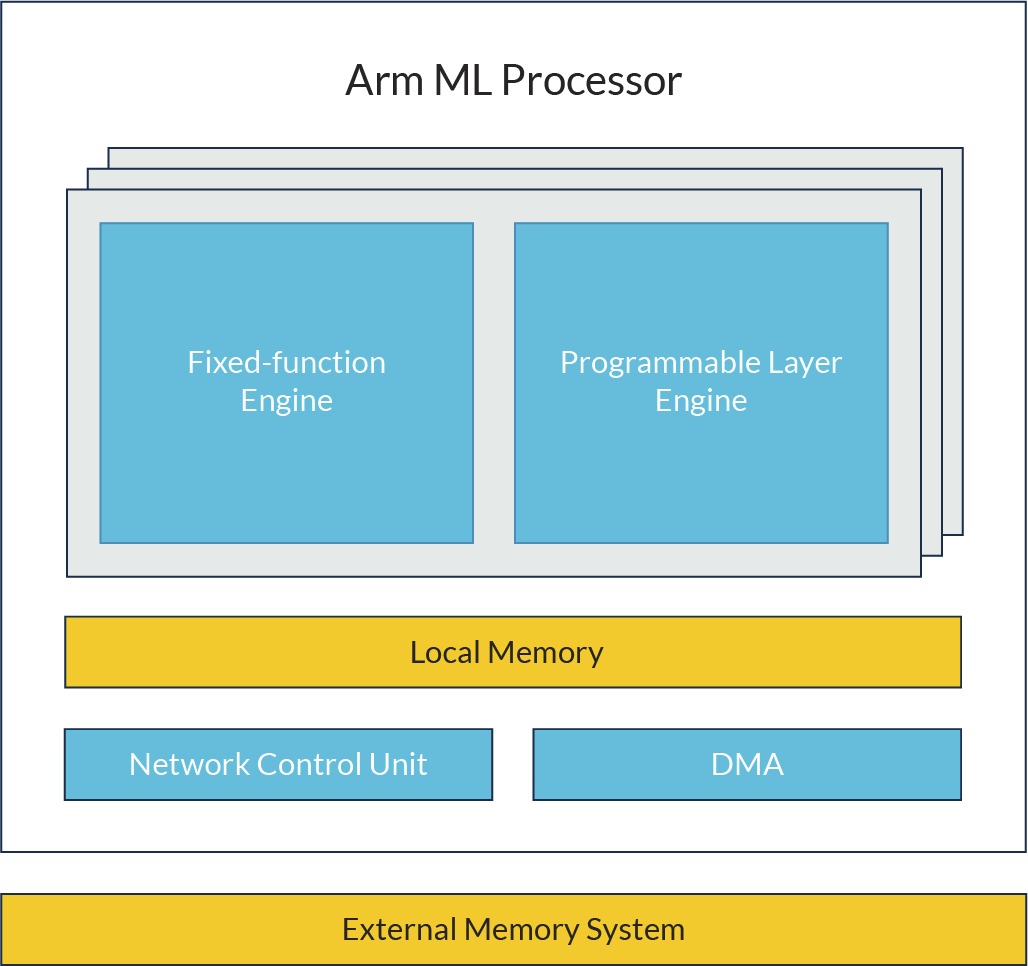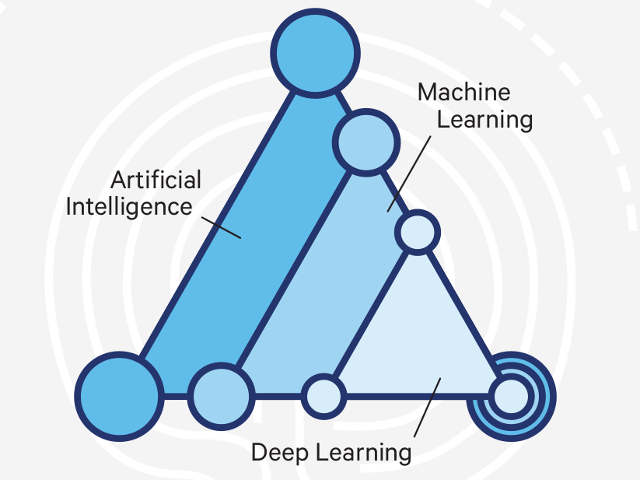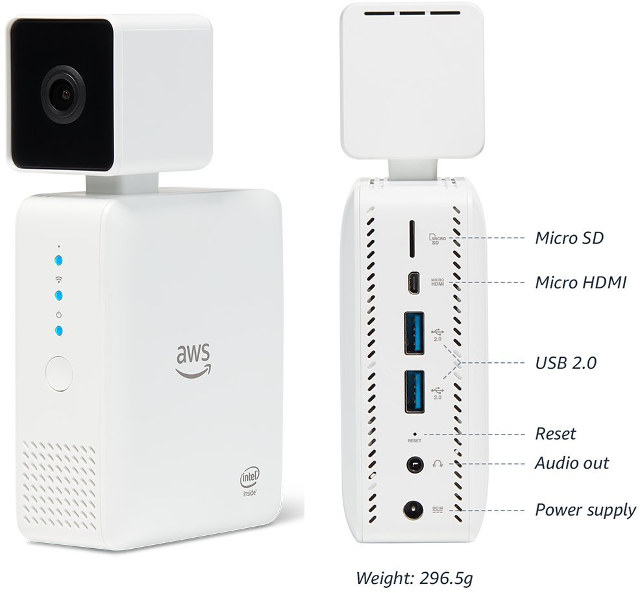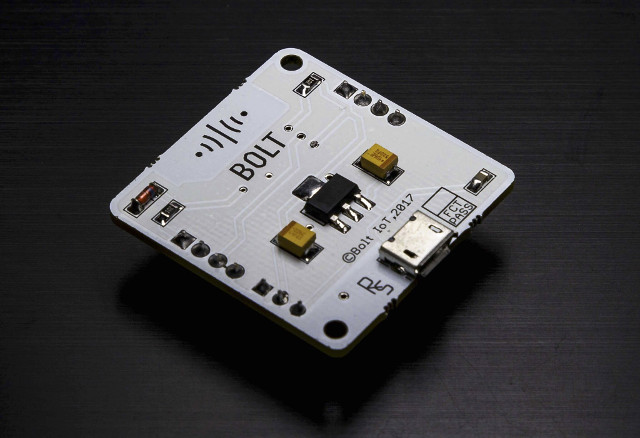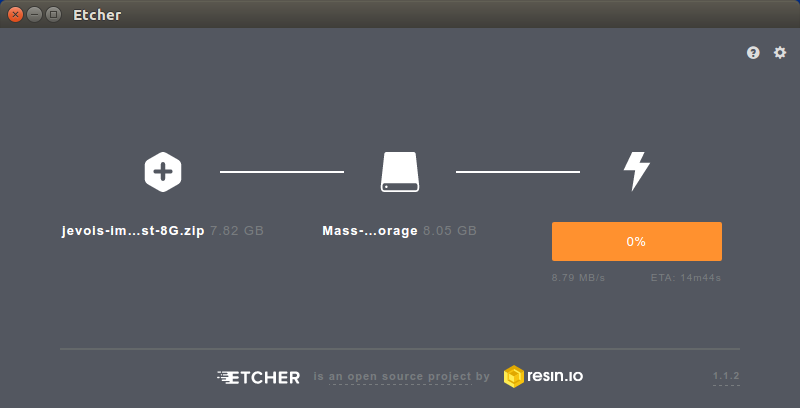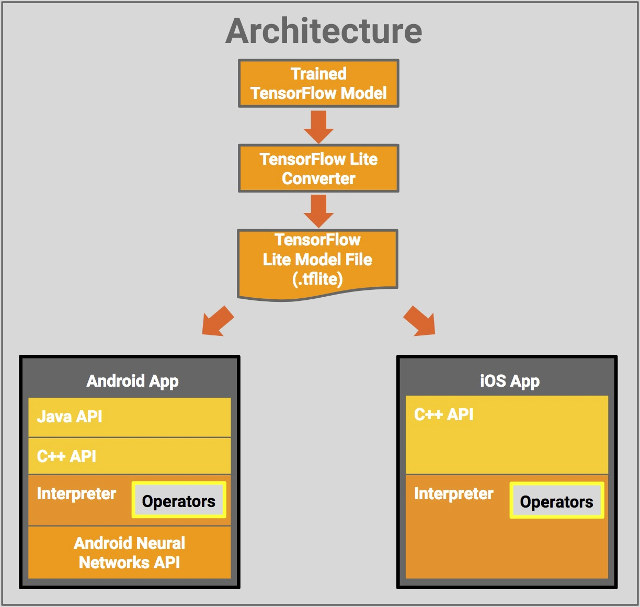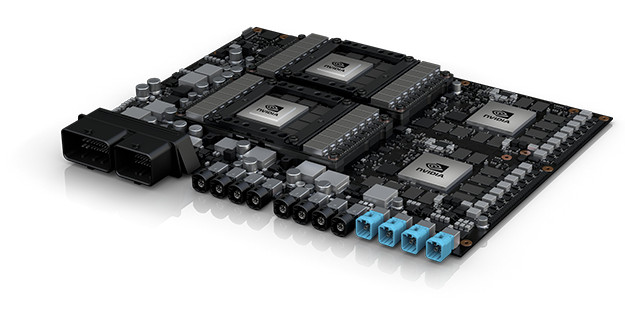We’ve already seen Neural Processing Units (NPU) added to Arm processors such as Huawei Kirin 970 or Rockchip RK3399Pro in order to handle the tasks required by machine learning & artificial intelligence in a faster or more power efficient way. Arm has now announced their Project Trillium offering two A.I. processors, with one ML (Machine Learning) processor and one OD (Object Detection) processor, as well as open source Arm NN (Neural Network) software to leverage the ML processor, as well as Arm CPUs and GPUs. Arm ML processor key features and performance: Fixed function engine for the best performance & efficiency for current solutions Programmable layer engine for futureproofing the design Tuned for advance geometry implementations. On-board memory to reduce external memory traffic. Performance / Efficiency – 4.6 TOP/s with an efficiency of 3 TOPs/W for mobile devices and smart IP cameras Scalable design usable for lower requirements IoT (20 […]
Qualcomm Developer’s Guide to Artificial Intelligence (AI)
Qualcomm has many terms like ML (Machine Learning), DL (Deep Learning), CNN (Convolutional Neural Network), ANN (Artificial Neural Networks), etc.. and is currently made possible via frameworks such as TensorFlow, Caffe2 or ONNX (Open Neural Network Exchange). If you have not looked into details, all those terms may be confusions, so Qualcomm Developer Network has released a 9-page e-Book entitled “A Developer’s Guide to Artificial Intelligence (AI)” that gives an overview of all the terms, what they mean, and how they differ. For example, they explain that a key difference between Machine Learning and Deep Learning is that with ML, the input features of the CNN are determined by humans, while DL requires less human intervention. The book also covers that AI is moving to the edge / on-device for low latency, and better reliability, instead of relying on the cloud. It also quickly go through the workflow using Snapdragon […]
AWS DeepLens is a $249 Deep Learning Video Camera for Developers
Amazon Web Services (AWS) has launched Deeplens, the “world’s first deep learning enabled video camera for developers”. Powered by an Intel Atom X5 processor with 8GB, and featuring a 4MP (1080p) camera, the fully programmable system runs Ubuntu 16.04, and is designed expand deep learning skills of developers, with Amazon providing tutorials, code, and pre-trained models. AWS Deeplens specifications: SoC – Intel Atom X5 Processor with Intel Gen9 HD graphics (106 GFLOPS of compute power) System Memory – 8GB RAM Storage – 16GB eMMC flash, micro SD slot Camera – 4MP (1080p) camera using MJPEG, H.264 encoding Video Output – micro HDMI port Audio – 3.5mm audio jack, and HDMI audio Connectivity – Dual band WiFi USB – 2x USB 2.0 ports Misc – Power button; camera, WiFi and power status LEDs; reset pinhole Power Supply – TBD Dimensions – 168 x 94 x 47 mm Weight – 296.5 grams The […]
Bolt IoT Platform Combines ESP8266, Mobile Apps, Cloud, and Machine Learning (Crowdfunding)
There are plenty of hardware to implemented IoT projects now, but in many cases a full integration to get data from sensors to the cloud requires going though a long list of instructions. Bolt IoT, an Indian and US based startup, has taken up the task to simplify IoT projects with their IoT platform comprised of ESP8266 Bolt WiFi module, a cloud service with machine learning capabilities, and mobile apps for Android and iOS. Bolt IoT module hardware specifications: Wireless Module – A.I Thinker ESP12 module based on ESP8266 WiSoC Connectivity – 802.11 b/g/n WiFi secured by WPA2 USB – 1x micro USB for power and programming Expansion – 4-pin female header and 7-pin female header with 5 digital I/Os, 1x analog I/O, and UART Misc – Cloud connection LED The hardware is not the most interesting part of Bolt IoT, since it offers similar functionalities as other ESP8266 boards. […]
JeVois-A33 Linux Computer Vision Camera Review – Part 2: Setup, Guided Tour, Documentation & Customization
Computer Vision, Artificial Intelligence, Machine Learning, etc.. are all terms we hear frequently those days. JeVois-A33 smart machine vision camera powered by Allwinner A33 quad core processor was launched last year on Indiegogo to bring such capabilities in a low power small form factor devices for example to use in robotics project. The company improved the software since the launch of the project, and has now sent me their tiny Linux camera developer kit for review, and I’ve already checked out the hardware and accessories in the first post. I’ve now had time to test the camera, and I’ll explained how to set it up, test some of the key features via the provided guided tour, and show how it’s possible to customize the camera to your needs with one example. Getting Started with JeVois-A33 In theory, you could just get started by inserting the micro SD card provided with […]
Google Releases Tensorflow Lite Developer Preview for Android & iOS
Google mentioned TensorFlow Lite at Google I/O 2017 last may, an implementation of TensorFlow open source machine learning library specifically optimized for embedded use cases. The company said support was coming to Android Oreo, but it was not possible to evaluate the solution at the time. The company has now released a developer preview of TensorFlow Lite for mobile and embedded devices with a lightweight cross-platform runtine that runs on Android and iOS for now. TensorFlow Lite supports the Android Neural Networks API to take advantage of Machine Learning accelerators when available, but falls back to CPU execution otherwise. The architecture diagram above shows three components for TensorFlow Lite: TensorFlow Model – A trained TensorFlow model saved on disk. TensorFlow Lite Converter – A program that converts the model to the TensorFlow Lite file format. TensorFlow Lite Model File – A model file format based on FlatBuffers, that has been […]
Google Pixel Visual Core is a Custom Designed Co-Processor for Smartphone Cameras
Google unveiled their latest Pixel 2 & Pixel 2 XL premium smartphones powered by Snapdragon 835 SoC earlier this month, and while they are expected to go on sale tomorrow, reviewers have got their hands on samples, and one of the key feature is the camera that takes really good photos and videos as reported here and there. You’d think the ISP and DSP inside Snapdragon 835 SoC would handle any sort of processing required to take photos. But apparently that was not enough, as Google decided to design their own custom co-processor – called Pixel Visual Core -, and integrated it into Pixel 2 phones. The co-processor features a Cortex A53 core, an LPDDR4 memory interface, PCIe interface and MIPI CSI interface, as well as an image processing unit (IPU) IO block with 8 IPU cores. Google explains the IPU block will allow 3rd party applications to leverage features […]
NVIDIA DRIVE PX Pegasus Platform is Designed for Fully Autonomous Vehicles
Many companies are now involved in the quest to develop self-driving cars, and getting there step by step with 6 levels of autonomous driving defined based on info from Wikipedia: Level 0 – Automated system issues warnings but has no vehicle control. Level 1 (”hands on”) – Driver and automated system shares control over the vehicle. Examples include Adaptive Cruise Control (ACC), Parking Assistance, and Lane Keeping Assistance (LKA) Type II. Level 2 (”hands off”) – The automated system takes full control of the vehicle (accelerating, braking, and steering), but the driver is still expected to monitor the driving, and be prepared to immediately intervene at any time. You’ll actually have your hands on the steering wheel, just in case… Level 3 (”eyes off”) – The driver can safely turn their attention away from the driving tasks, e.g. the driver can text or watch a movie. The system may ask […]


